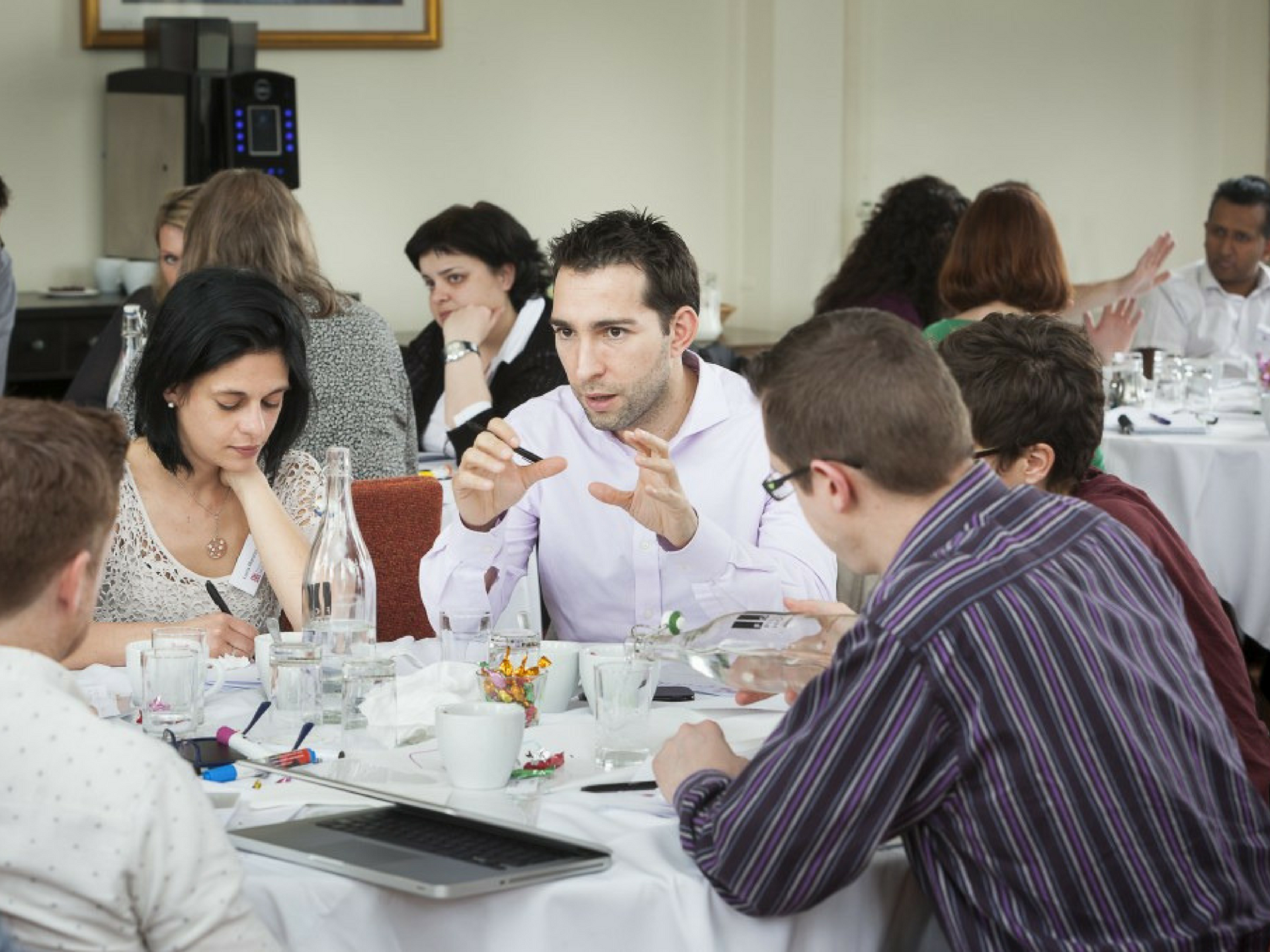As we announce seven new GW4 research communities, I think it is timely to reflect upon what the GW4 Alliance has achieved so far, and what we could go on to achieve in the years ahead.
To date, over 66 research communities are thriving as a result of our GW4 Building Communities programme. They range from the arts and humanities to the basic sciences and they exemplify many of the strengths and, indeed, complementary expertise across our four great universities. But behind the numbers are pioneering results that demonstrate beyond a shadow of a doubt that collaboration sits at the very heart of GW4, which is what makes us greater than the sum of our parts.
Central to the GW4 Alliance is the belief that through research collaboration we can achieve real-world impact that would be impossible for any single institution. We can tackle problems of greater complexity and challenge. A lofty ambition, but how does this work in practice?
Take for example our research community focused on Quantum Technologies. The group aims to harness developments in the rapidly moving field of quantum technology to provide innovative, new methods to secure critical information, such as credit card details and manufactured goods. Their work has already attracted substantial interest from government, from banking and from the military sector.
This innovation could only have been enabled by bringing together highly complementary research capabilities. Specialist expertise at the University of Bristol in semiconductor research combined with theoretical quantum approaches at the University of Exeter, fibre technology from the University of Bath and product development capability at Cardiff University’s Institute of Compound Semiconductors are all essential to make this possible.
Without such a unique combination of skills, knowledge and expertise, this pioneering technology – and its translation into an exciting new product that can fit in your wallet – would not and could not have been developed.
This template for collaborative success has been replicated time and time again throughout our research communities; whether it is producing biofuels from algae, developing a Pay Gap Reporting Platform or improving Alzheimer’s diagnosis.
Each GW4 university has distinct research and innovation strengths, and by bringing these together in a collaborative research community we can develop new solutions and technologies to apply to some of society’s most pressing issues.
Our collaborative approach could not be more timely as we enter into the delivery phase of the UK Government’s Industrial Strategy. The Industrial Strategy Green Paper published last month, for instance, outlined the importance of “exchange of ideas and collaboration” between Government, universities and industry.
Indeed, our collaborative scope has not just been limited to working with each other, but has enabled us to work at scale with government, business and third sector organisations to deliver innovative solutions.
Partners involved in GW4 research communities to date include the Coal Authority, Relate, Arup, History of Parliament, the Met Office, The Ministry of Justice, the NHS and many, many more. We aim to build on these relationships and develop new partnerships to produce more creative research-led solutions.
The seven new research communities look set to build on this success, tackling a wide variety of challenges from water security to brain injury. As ever, the solutions to these challenges will benefit our local communities across the South West and Wales, but will also put us firmly on the global research stage. GW4 takes us all to a different scale of activity.







